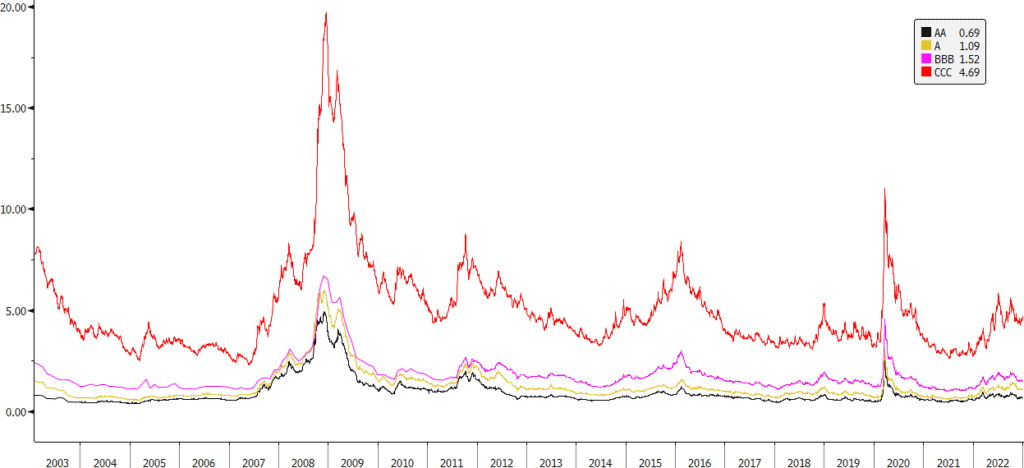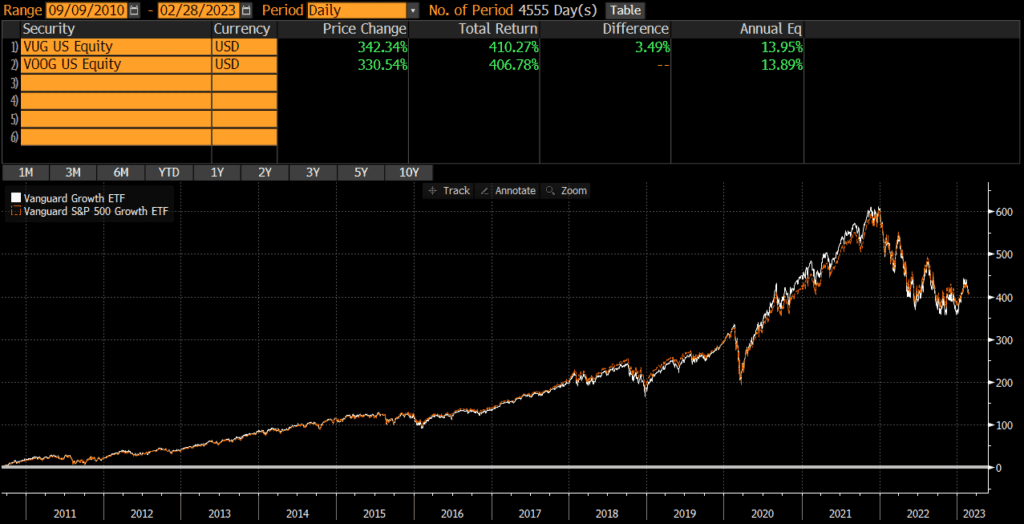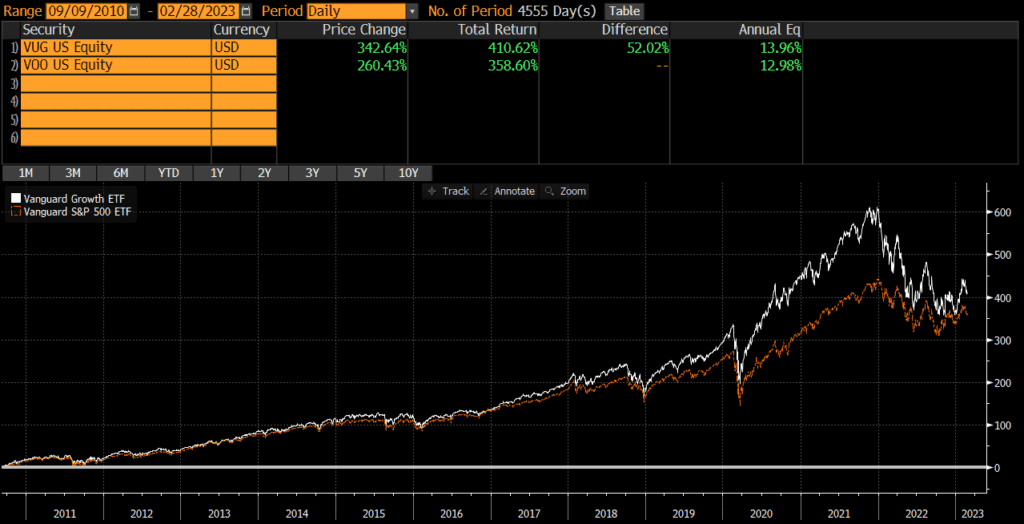Intercreditor Agreements
Intercreditor Agreements: Understanding the Basics and Key Provisions
Intercreditor agreements (ICAs) are legal documents that define the relationship between different creditors who have lent to the same debtor. These agreements are usually created when there are multiple lenders involved in a single transaction, such as a leveraged buyout or a project finance deal. The purpose of an intercreditor agreement is to establish the hierarchy of claims and the rights and obligations of each creditor in the event of a default or bankruptcy.
Intercreditor agreements are crucial for protecting the interests of all parties involved in a lending transaction. Without a clear agreement in place, there is a risk of conflicting claims and disputes between creditors, which can lead to delays, legal costs, and even loss of value. Intercreditor agreements typically cover a wide range of issues, including the order of payment, the allocation of collateral, the sharing of information, and the procedures for enforcement and resolution of conflicts.
What are Intercreditor Agreements?
Intercreditor agreements are legal documents that outline the rights and obligations of different creditors who have lent money to the same borrower. These agreements are typically used in situations where multiple lenders are involved in financing a single project or transaction.
The purpose of an intercreditor agreement is to establish a framework for how the various creditors will interact with each other and with the borrower. The agreement will typically cover issues such as the priority of different types of debt, the order in which payments will be made, and the allocation of collateral.
Intercreditor agreements are important because they help to mitigate the risks associated with lending money. By establishing clear guidelines for how different creditors will be treated, these agreements can help to reduce the likelihood of disputes and minimize the potential for losses.
The Importance of Intercreditor Agreements
Intercreditor agreements are essential in ensuring a smooth and coordinated lending process, especially in complex financing arrangements. These agreements are contracts between two or more creditors that outline their respective rights and priorities in the event of a borrower default or bankruptcy. Intercreditor agreements are typically used in situations where there are multiple lenders involved in a single transaction, such as in leveraged buyouts, project finance, or syndicated loans.
Without an intercreditor agreement, there is a risk of conflicting claims and priorities among lenders, which can lead to delays and disputes in the event of a borrower default. For instance, if two lenders have conflicting security interests in the same collateral, it can be difficult to determine which lender has priority and how the proceeds from the collateral should be distributed. This can result in costly litigation and delays in the recovery process.
Intercreditor agreements can help mitigate these risks by establishing clear rules and procedures for the lenders to follow in the event of a borrower default. These agreements can specify the order of payment priority among the lenders, the allocation of collateral proceeds, and the conditions for releasing collateral. They can also include provisions for sharing information and coordinating actions among the lenders, which can help prevent conflicts and delays.
Overall, intercreditor agreements are an important tool for managing risk and ensuring a smooth lending process in complex financing arrangements. By establishing clear rules and procedures for the lenders to follow, these agreements can help prevent conflicts and delays in the event of a borrower default, which can ultimately benefit all parties involved.
Key Provisions in Intercreditor Agreements
Payment Waterfall
The payment waterfall is a key provision in an intercreditor agreement. It outlines the order in which different creditors will receive payments from the borrower. The senior lender is typically at the top of the waterfall and receives payments first, followed by the junior lender. The payment waterfall provision ensures that each creditor is paid in the correct order and that there is no confusion or dispute over who is entitled to receive payments first.
Subordination and Priority of Claims
The subordination and priority of claims provision determines the ranking of the different creditors in the event of a default or bankruptcy. The senior lender is typically given priority over the junior lender in terms of repayment, collateral, and other rights. This provision ensures that the senior lender is protected and has priority over the junior lender in the event of a default or bankruptcy.
Voting Rights
The voting rights provision outlines the rights of the different creditors to vote on certain matters, such as amendments to the loan agreement or the appointment of a receiver. The senior lender typically has more voting rights than the junior lender, which ensures that the senior lender has more control over the loan agreement and can protect its interests.
Default and Enforcement
The default and enforcement provision outlines the rights and remedies of the different creditors in the event of a default by the borrower. The senior lender typically has more rights and remedies than the junior lender, which ensures that the senior lender can take action to protect its interests and enforce the loan agreement.
Collateral and Security
The collateral and security provision outlines the rights and priorities of the different creditors with respect to the collateral and security provided by the borrower. The senior lender typically has first priority over the collateral and security, while the junior lender has second priority. This provision ensures that each creditor has the appropriate rights and priorities with respect to the collateral and security.
Types of Intercreditor Agreements
First Lien/Second Lien Intercreditor Agreements
A First Lien/Second Lien Intercreditor Agreement is an agreement between two or more creditors in which they agree on the priority of their respective liens on a borrower’s assets.
The agreement outlines the rights and obligations of each creditor in the event of a default, including the order in which they will be paid, the amount of the payments, and the conditions under which the payments will be made. This type of intercreditor agreement is commonly used in leveraged buyouts and other complex financing transactions.
Senior/Subordinated Intercreditor Agreements
A Senior/Subordinated Intercreditor Agreement is an agreement between two or more creditors in which they agree on the priority of their respective claims against a borrower. In this type of agreement, the senior creditor has the first claim on the borrower’s assets in case of default, while the subordinated creditor has a lower priority claim.
The agreement outlines the rights and obligations of each creditor in the event of a default, including the order in which they will be paid, the amount of the payments, and the conditions under which the payments will be made. This type of intercreditor agreement is commonly used in mezzanine financing and other types of subordinated debt transactions.
Mezzanine Intercreditor Agreements
A Mezzanine Intercreditor Agreement is an agreement between two or more creditors in which they agree on the priority of their respective claims against a borrower. In this type of agreement, the mezzanine lender has a claim that is subordinate to the senior lender but senior to the equity holders.
The agreement outlines the rights and obligations of each creditor in the event of a default, including the order in which they will be paid, the amount of the payments, and the conditions under which the payments will be made. This type of intercreditor agreement is commonly used in leveraged buyouts and other types of financing transactions.
Unitranche Intercreditor Agreements
A “unitranche” facility or structure is slightly different than an intercreditor agreement, but related. Here is a good overview of the differences: ICA vs Unitranche.
Negotiating Intercreditor Agreements
Key Considerations
Intercreditor agreements are complex legal documents that require careful negotiation and drafting. The following are key considerations to keep in mind when negotiating intercreditor agreements:
- Priority of payments: The intercreditor agreement should clearly define the order in which creditors will be paid in the event of default or bankruptcy.
- Collateral: The agreement should specify which assets will be used as collateral for the loans and how they will be valued.
- Default provisions: The agreement should include provisions for default, such as notice requirements and remedies available to creditors.
- Restrictions on the borrower: The agreement should include restrictions on the borrower’s ability to take on additional debt or dispose of assets without the consent of the creditors.
Common Issues and Challenges
Some common issues and challenges that arise during the negotiation of intercreditor agreements include:
- Conflicts between creditors: Creditors may have conflicting interests, which can make it difficult to reach an agreement.
- Borrower resistance: The borrower may resist certain provisions of the agreement, such as restrictions on its ability to incur additional debt.
- Complexity: Intercreditor agreements are often complex and can be difficult to negotiate and draft.
- Enforcement: Enforcing the provisions of the agreement can be challenging, particularly if the borrower defaults or files for bankruptcy.
Best Practices
The following are best practices to follow when negotiating intercreditor agreements:
- Engage experienced legal counsel: Intercreditor agreements are complex legal documents that require the expertise of experienced legal counsel.
- Communicate openly: Creditors should communicate openly and honestly with each other to identify and resolve potential issues and conflicts.
- Be flexible: Creditors should be willing to compromise and make concessions in order to reach an agreement.
- Plan for contingencies: The agreement should include provisions for contingencies, such as the borrower’s default or bankruptcy.
Conclusion
Intercreditor agreements are essential for protecting the interests of lenders in complex financing arrangements. These agreements help to define the rights and obligations of each party, and establish a framework for managing potential conflicts that may arise.
While the terms of intercreditor agreements can vary widely depending on the specific circumstances of the financing, there are certain key provisions that are typically included. These may include provisions related to payment priority, voting rights, and default scenarios.
Intercreditor agreements can be complex documents, and it is important for all parties involved to fully understand their rights and obligations before entering into such an agreement. This may require the assistance of legal counsel, particularly in situations where there are multiple layers of financing or complex capital structures.
Ultimately, intercreditor agreements are a critical component of any financing arrangement involving multiple lenders. By establishing clear guidelines for how potential conflicts will be resolved, these agreements aim to help mitigate risk and attempt to ensure that all parties are able to achieve their desired outcomes.








